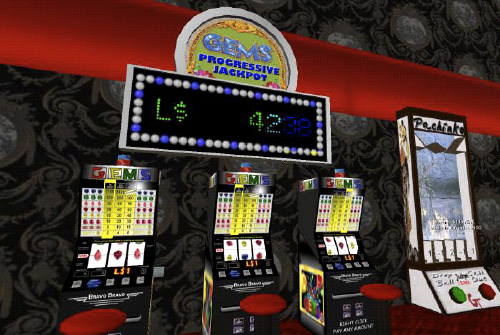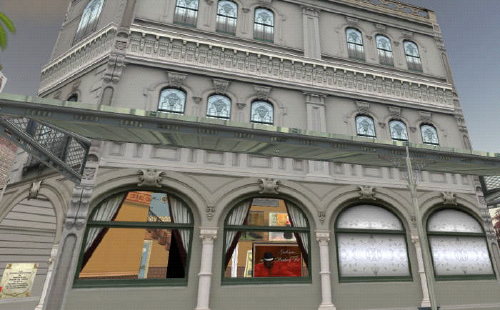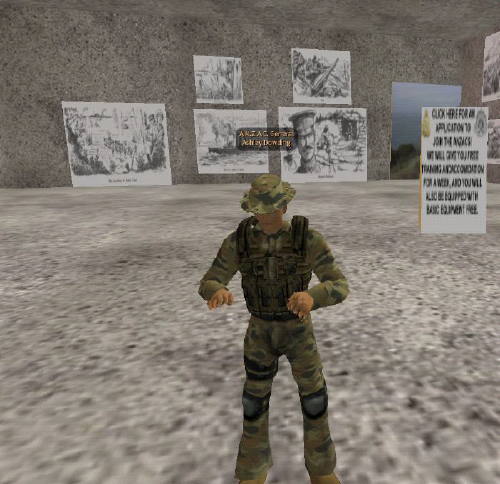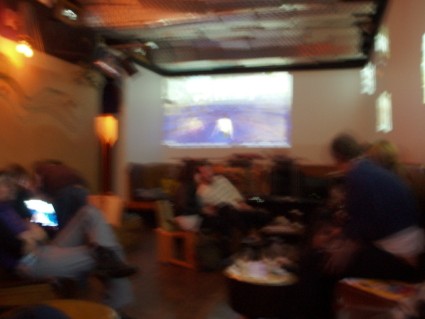Over the past eighteen months or so The Metaverse Journal has grown slowly but surely – our readership has grown every single month since our launch in late 2006. We have two intermittent contributors in addition to myself but the time’s come to expand the number of writers. Therefore, I’m extremely pleased to introduce Anastasia Vesperman (SL: Feldspar Epstein).

Anastasia is based in Melbourne and has been involved with virtual worlds for more than ten years. Her brief is wide: to bring one story weekly on anything inspiring or interesting happening in Second Life or other virtual world.
I’ll let Anastasia introduce herself further but suffice it to say I’m thrilled to have her on board. Please make her feel welcome 😉






Recent Comments